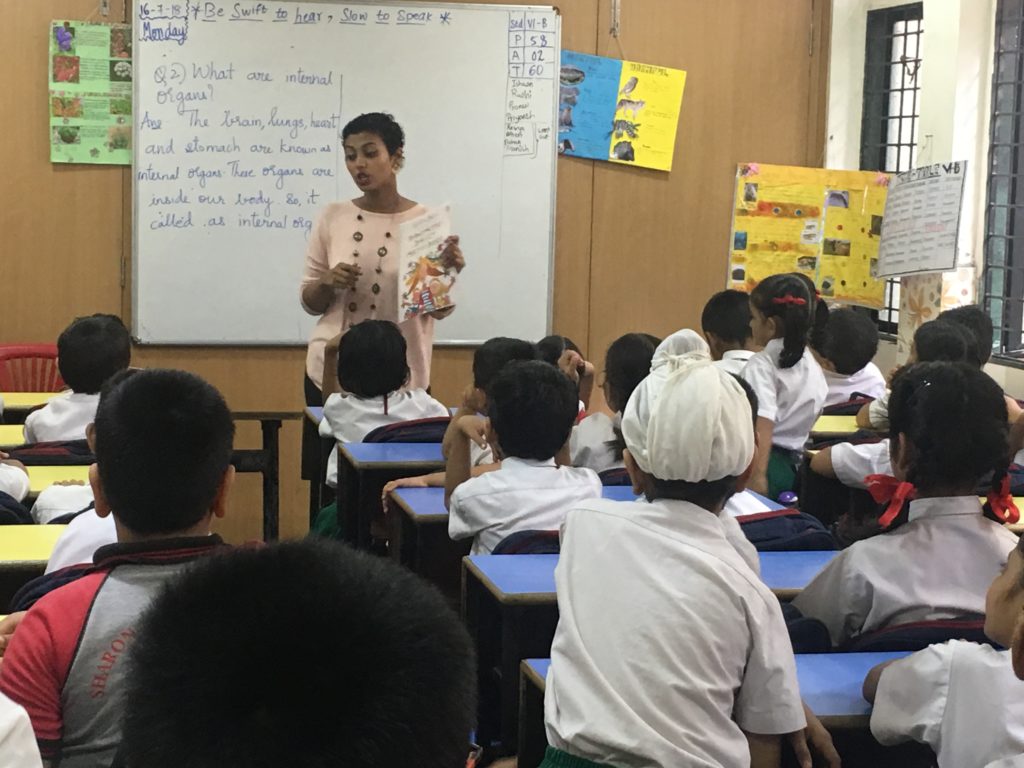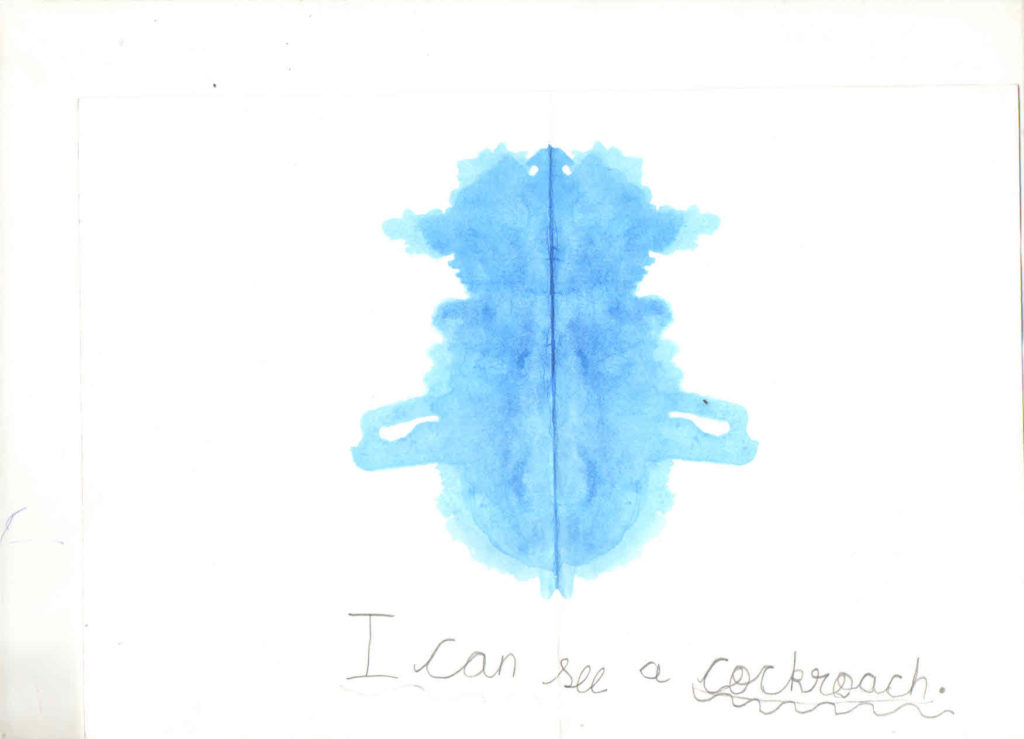Why the Reading Program….?
The more that you read
The more things you will know
The more that you learn
The more places you will go – Dr. Seuss
This well-known quote by world-renowned children’s author Dr Seuss is an accurate summation of what the Reading Program believes and stands for.
Reading opens doors to the universe and beyond; the younger the reader is, that many more doors can be opened. This is the vision that propels the Reading Program. Through reading, we are able to learn an incredible amount and gain insight into so many different worlds, actions and motivations. Children between the ages of 3 – 7 years can be compared to sponges. They absorb close to everything that they are exposed to at this age. This is especially the case with language. This is the age when a child begins to ace his communicative skills and begin his journey towards written language skills. Slowly but steadily children begin to identify words and then start to read and write them on their own. Which is why this tender but influential age is deemed as vital in the making of a lifelong reader.

Many a time, parents worry that since their child is not well versed in a particular language they will not be able to understand the stories read out to them. But what parents fail to comprehend is that stories speak a universal language. Stories can catch a child’s attention despite any language barrier. We as caregivers, be it a teacher or a parent are responsible for this mammoth task of instilling in a child the lifelong love for reading. Reading opens up limitless opportunities for children. It is through reading that children acquire new ways to communicate and expand their imagination. Both of which are quintessential to the making of a well-rounded human being.

So how do we go about this herculean task? To begin with, children imitate behaviour that they see around them. If they see adults in their life often picking up a book, a magazine or even a newspaper to read, this in itself will pique their interest towards reading. Another easy but sure shot way of getting children interested in reading is by reading aloud to them. At the young age of 3 or 4 years, most children are not able to read on their own and even if they are able to identify letters and words, they are unable to string the words together and make sense of a sentence. This is where a parent or a teacher steps in, by reading aloud to a child you are arousing a child’s interest in books. A child soon discovers that books are not just tools of learning, books can also be a source of enjoyment and wonder. Moreover, if children learn to enjoy reading, they will further develop reading skills on their own and not see it as a difficult task to avoid. A positive association at this supple young age will go a long way. To continue this positive association with books at school, Sharon English High School has taken up the Reading Program. The Reading program is the gateway to inculcate within a child the desire to read.

The Reading Program starts in Sharon School from standard 1 and goes up to standard 5. This is a graded program that helps to hone and develop a child’s interest and skill in reading. Since a child from standard 1 will face different challenges from that of a child from standard 5, the books that are read to them are diverse and age appropriate. Standard 1 to 3 work with picture books. These picture books are scanned and projected onto the screen in their classrooms. This helps keep even the most easily distracted student interested in the story. After all, a picture speaks a thousand words.
Since a standard 1 child is still learning to identify and recognise words, picture books with a few words and sentences are used to begin with. These books are direct and use short sentences with few characters. As a child enters standard 2 they are much more efficient in reading, the picture books used here have longer sentences and more characters. By standard 3, a child is now capable of the following language fairly well. The picture books used here are much more text heavy and are more and more plot driven. A standard 3 child has developed better listening skills too, which in turn helps him/her keep up with the plot of the story. By standard 4 and 5, the children are now ready to move on to novels. These children have to rely solely on their listening skills to be able to keep up and follow with the storyline. From standard 1 to standard 5 a Read Aloud is always followed by an activity. These activities could be art, writing or even theatre-based. The activities done by the students are always connected to the story read in class. The activity is designed in such a way that students are better able to make connections with the book. These connections could be text to self, text to text or text to world. By helping students make connections with the text (story/book) you are helping them understand the text better. This helps students develop emotions, experiences and opinions. Thus rounding off the process of reading, understanding and comprehending.
.
Judith Thomas,
Story Read Aloud Teacher


[…] in my school. I will give my all thanks to my teacher who was the one who encouraged me to begin reading by guiding me to good […]